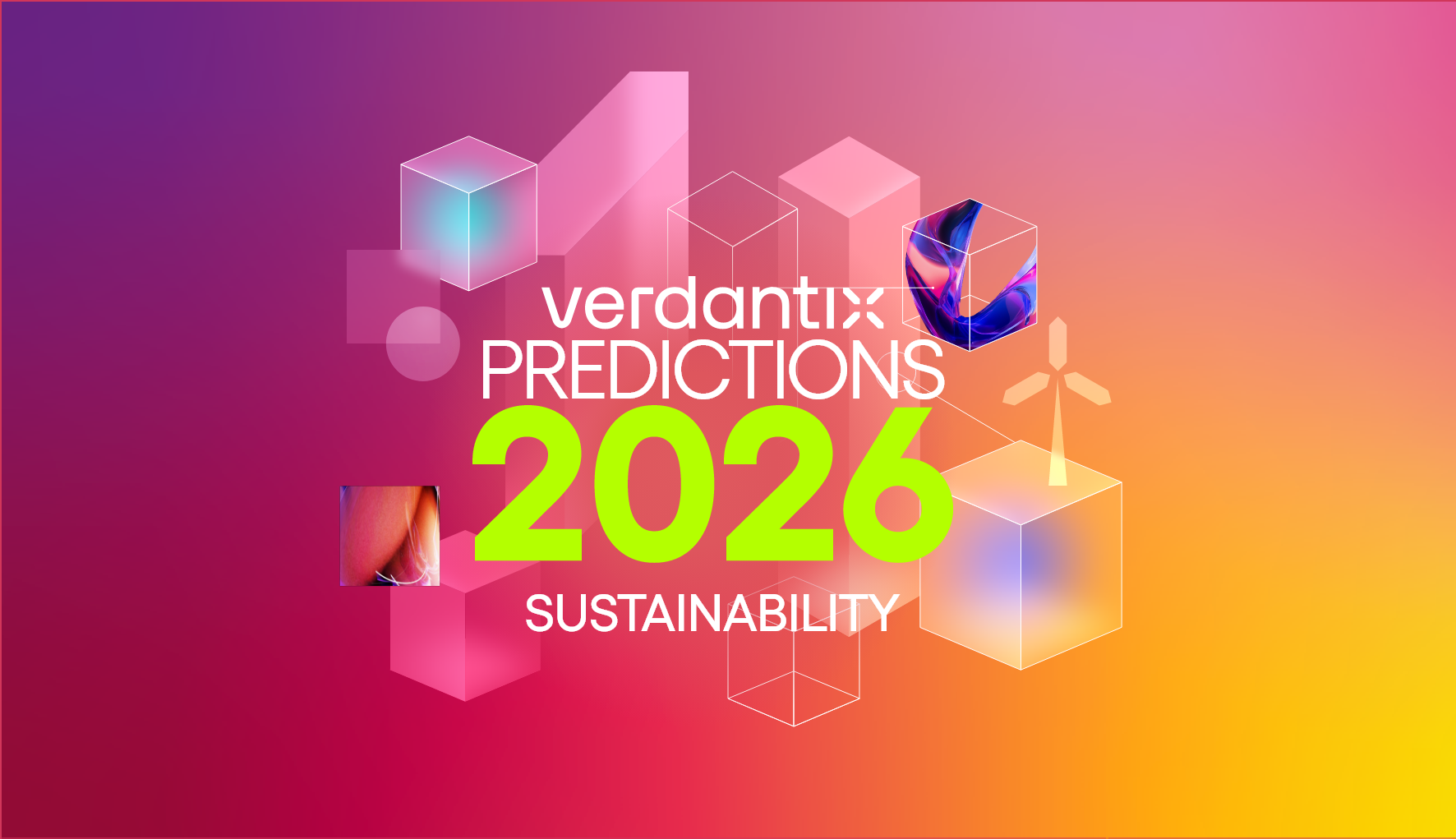EU Carbon Price Hits All-Time High – Here’s How That Will Impact Emissions
On February 21st, the EU price of carbon hit a record €100 per tonne. This stems not only from Russian gas supply cut-offs, but also recent revisions to the EU’s Emissions Trading System (ETS).
The EU ETS is a ‘cap-and-trade’ scheme, meaning that the amount of GHG a firm in energy and heavy industry sectors can emit is capped, based on an allowance that it can trade with. The EU has agreed to cut ETS emission allowances 62% by 2030, compared to 2005 levels. As the involved sectors invest in greener technologies to decarbonize their operations, the carbon allowances allocated are designed to decrease over time.
How will the new reform accelerate emissions cuts?
- Faster reduction of allowances. EU leaders agreed to increase the annual rate of reduction of carbon allowances by 4.3% per year from 2024 to 2027, and then 4.4% in subsequent years up to 2030. There will be a one-off reduction of the number of allowances to 90mtCO2e in 2024, and another reduction to 27mtCO2e in 2026.
- A carbon border tax. From October 2023, the EU will apply a Carbon Border Adjustment Mechanism (CBAM), starting with high-risk sectors: iron and steel, cement, fertilizers, aluminium, electricity and hydrogen. Initially, the CBAM will be limited to reporting emissions related to the production of imported goods from non-EU suppliers. In 2023, the CBAM will require importers to pay the carbon price difference between the EU ETS and the country of production. This will create an incentive for countries outside of the EU to adopt higher carbon prices, as products shipped to the EU – the world’s largest import market – will otherwise be hit with a carbon levy.
- Expanding the scope to other industries and emissions. Maritime shipping emissions will be gradually included in the EU ETS, starting with vessels of 5,000 gross tonnes or more from 2027. Non-CO2 emissions, such as methane, will be included in from 2026.
- A separate trading system for buildings and road transport. In perhaps the most controversial aspect of the reform, the European Commission agreed to create an ‘ETS2’ for buildings and road transport, which will include households, starting in 2027. In the case of exceptionally high energy prices, the ETS2 could be postponed until 2028.
What does this mean for businesses? Corporates under the EU ETS will have to measure the carbon footprint of their imported materials to report it for CBAM. Supply chain sustainability software and carbon management software can help firms gain a better understanding of the emissions from their supply chains and how to mitigate risks. Given the fluctuations of carbon prices, setting an internal carbon price to align with regulated prices will help organizations manage the increased risk.
If you want to learn more about how to create an RFP for carbon management software and what capabilities software providers are offering, check out our reports: Best Practices: Creating An RFP For Enterprise Carbon Management Software, Green Quadrant: Enterprise Carbon Management Software 2022 and Buyer’s Guide: Carbon Management Software (2023).
About The Author
.png?sfvrsn=db470322_1)
Alessandra Leggieri
Senior Analyst





